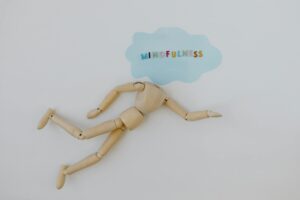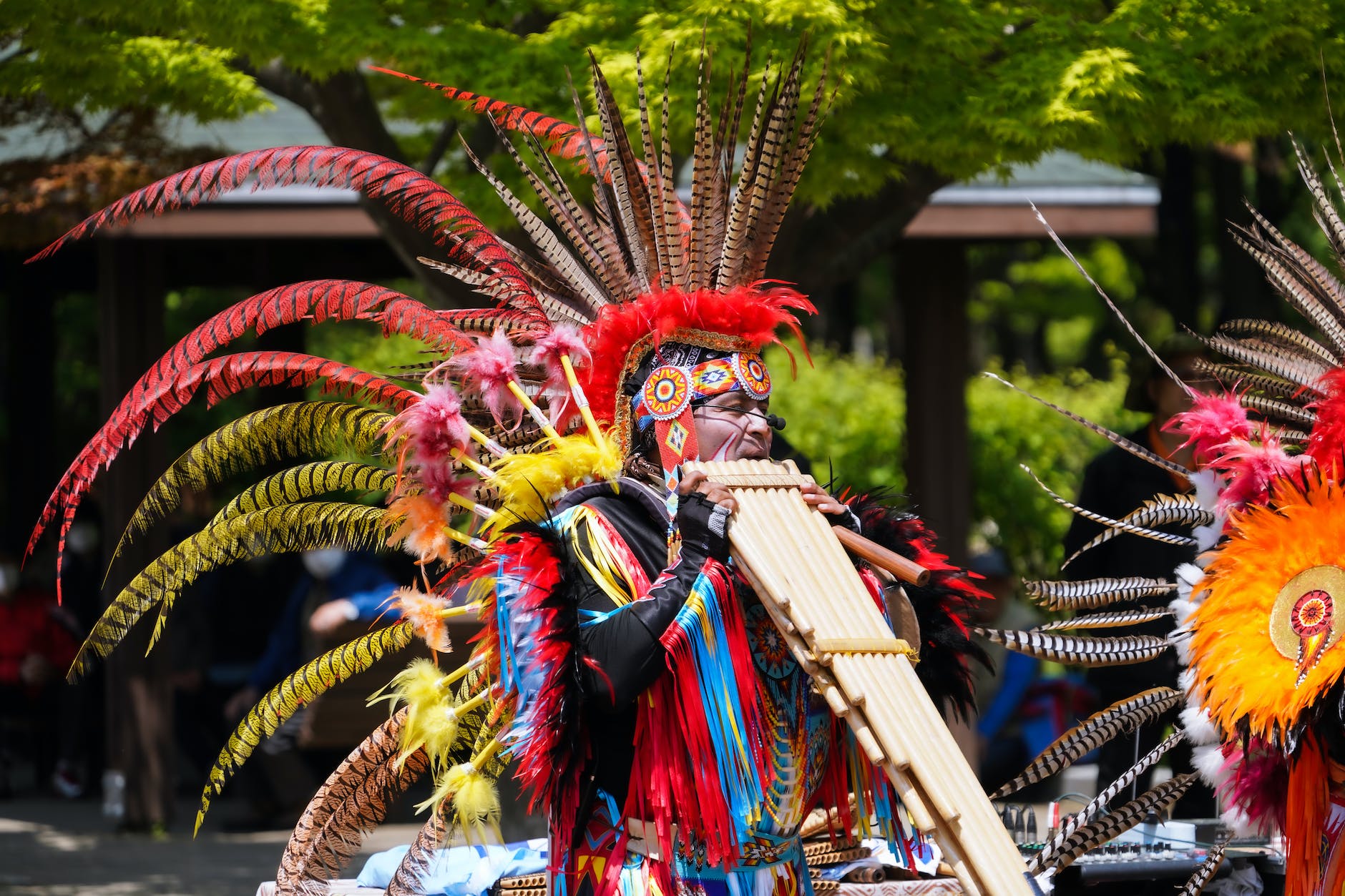The relationship between psychedelics and music is an intriguing exploration of the human mind. For many, the blend of music — a universal language that stirs emotions — and psychedelic substances has created a pathway for transcendent experiences. This vibrant connection is painted with a variety of hues: soundscapes, spiritual bonding, altered states of consciousness, and an awoken insight into musical expression.
Psychedelic rock emerged in the 1960s as a direct product of the increased use and influence of psychedelic substances like LSD and psilocybin. Artists like the Grateful Dead, Pink Floyd, and Jimi Hendrix embraced the psychedelic experience, incorporating unconventional structures, extended solos, and improvisation into their music. Their expertly crafted soundscapes transported listeners, imitating the sensory alternations and emotional intensity derived from psychedelic experiences.
The magic of music festivals often lies in the collective altered states of consciousness that blur the boundary between performer and audience. Music festivals such as Woodstock and contemporary ones like Burning Man, provide a communal space for this synergistic exchange. Enhanced by psychedelic substances, attendees often report experiences of synesthesia – a melding of different sensory perceptions, where they might “see” music or “feel” colors. This effect augments their interaction with, and experience of, the music.
Psychedelics can significantly alter the perception of music. A study conducted by researchers at the Imperial College London found that psilocybin, a naturally occurring psychedelic compound found in magic mushrooms, altered participants’ music perception, making it more vivid, emotionally charged, and meaningful. The drug seems to amplify the emotional impact of music, a phenomenon that can be beneficial in a therapeutic context.
Psychedelics also appear to foster a spiritual connection with music. Many users of psychedelics often report a feeling of oneness, usually associated with spiritual or mystical experiences. This transcendental communion reaches a peak with music, with individuals expressing a profound emotional connection with the tunes they listen to. This spiritual association helps individuals explore different facets of their consciousness and perceive music in a different light.
The effect of music is not isolated to just the auditory system; it is a whole-body experience. It resonates through us, influencing our breathing rhythm, heart rate, and other bodily functions. When the body is under the influence of psychedelics, this experience is intensified. Users report a heightened sense of musical expression, where words fail, and only music can articulate their emotions and feelings.
Finally, improvisation, a cornerstone of jazz and certain rock genres, shares a deep link with the psychedelic experience. When musicians improvise, they’re in a heightened state of awareness, responding intuitively to the music they produce. A similar state of ‘in the moment-ness’ is often reported during psychedelic experiences, offering artists a new perspective and a different approach to their craft.
For visual artists, psychedelics have been linked to more vivid, abstract imaginations. It is no different for musicians, who often report creating sounds and melodies inspired by their experiences. The Beatles’ “Lucy in the Sky with Diamonds” and Jimi Hendrix’s “Purple Haze” are among many songs reportedly inspired by psychedelic trips.
The bond between psychedelics and music is an avenue of research that lends unique insights into our understanding of human consciousness and our engagement with art. As we continue exploring this connection, we may unlock new dimensions of creativity and spiritual experiences.
However, it is important to note that while providing powerful experiences, psychedelic substances are not without their risks and should be used responsibly under appropriate guidance.
In conclusion, the relationship between psychedelics and music is a symphony of sensory and emotional interconnections that offer a unique perspective to human consciousness, spiritual connection, and musical expression.
Sources:
Frontiers in Psychology






